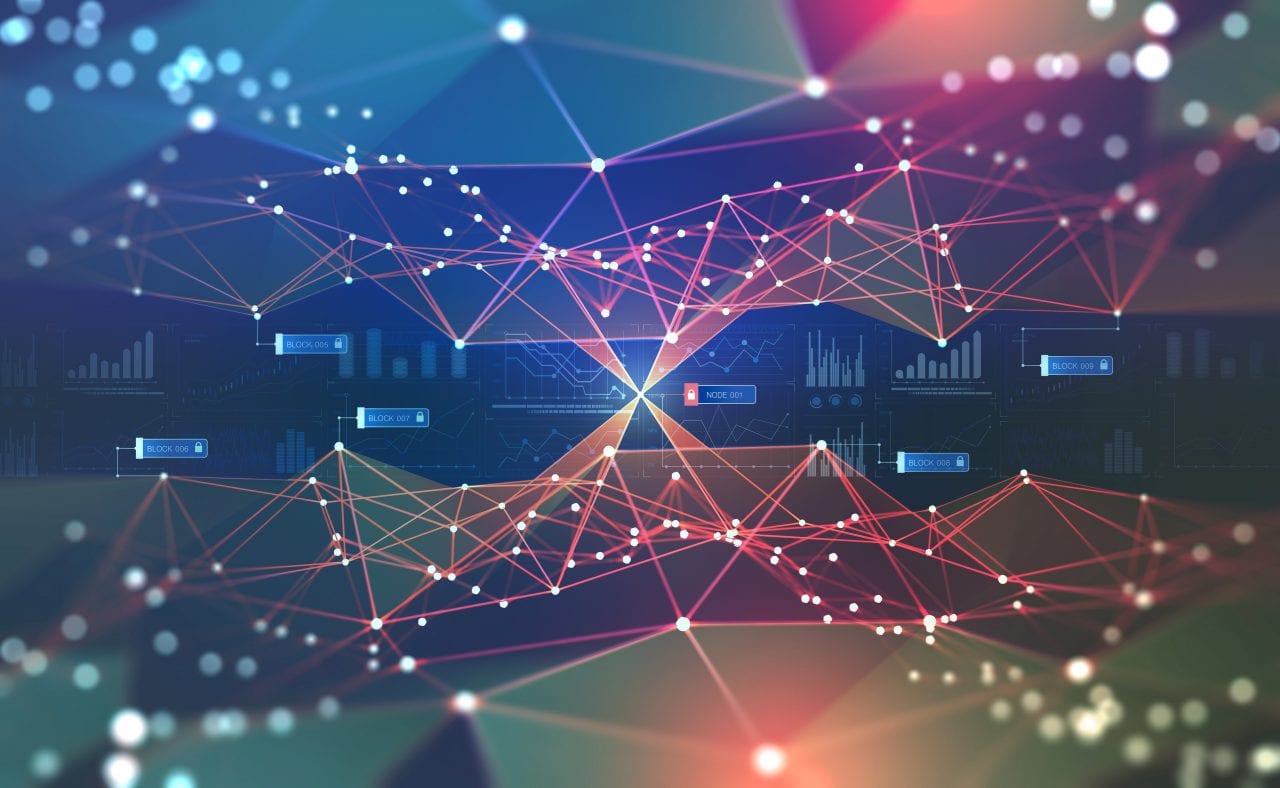The POWER Interview: Using AI to Optimize the Power Grid
Credit to Author: Darrell Proctor| Date: Tue, 30 May 2023 16:13:12 +0000

There is a continued push in the power generation sector to make the industry more efficient through the use of artificial intelligence (AI), machine learning, and data science. Several companies are working to provide products and services for utilities and other power producers, focused on generation, transmission and distribution, and the way utilities interact with their customers.
Buzz Solutions, a Palo Alto, California-based group, is known for products that make the power grid smarter and more resilient, with an emphasis on technology and environmental sustainability. The company provides an AI-powered software and predictive analytics platform for detecting faults and anomalies on power line assets and components for power utilities. Buzz works with utilities to prevent downed power lines, outages, and as part of efforts to prevent and mitigate wildfires that could be caused by a utility’s equipment.
Buzz has partnered with the New York Power Authority (NYPA) on inspections of NYPA’s high-voltage power infrastructure, as well as with Newfoundland Power, where Buzz has inspected the group’s low-voltage infrastructure. Buzz also works with customers to deliver real-time, condition-based equipment monitoring and surveillance, both on the ground and in the air. These inspections could be at a substation, or along a transmission line, or at a power generation facility such as a hydropower dam.
Want to learn more about the use of data, artificial intelligence, and machine learning in the power generation industry? Register today for POWER’s Connected Plant Conference, June 25-28 in New Orleans, Louisiana, and for POWER’s Experience POWER Week, set for Aug. 14-17 in Savannah, Georgia.
Vikhyat Chaudhry is the co-founder, chief technology officer, and chief operations officer at Buzz Solutions. He previously led machine learning and AI teams at Cisco Systems. His works focuses on energy engineering and data science, machine learning, and AI technologies for the energy sector, specifically in smart grid technologies, demand response, clean energy technologies, and energy efficiency.
Kaitlyn Albertoli is CEO and co-founder of Buzz Solutions. She was previously a wealth management analyst at JP Morgan Chase, and also ran a non-profit organization focused on sustainable food.
Buzz Solutions was founded as part of the Stanford Launchpad project in 2017. Both Chaudry and Albertoli are Stanford graduates. Albertoli has said that the company was created to address the need to acquire more visual data “to ensure and enable thorough and frequent inspections” of power generation and transmission infrastructure, and to help utilities develop better inspection strategies and programs.
Chaudhry and Albertoli recently provided POWER with their thoughts about the need for utilities to use AI to make their operations more efficient, particularly when it comes to maintenance and upgrades of their power delivery systems.
POWER: There’s wide consensus that the U.S. power grid is badly in need of upgrades in order to lessen power loss, mitigate outages, and integrate more renewable energy. How can these upgrades occur in a timely and cost-effective manner?
Albertoli: There are a few ways we can think about modernizing the U.S. power grid, but before we talk about the work, we have to talk about the data that supports the work. The challenge that utilities currently face is a huge backlog in maintenance that leads to anomalies which cause power outages and more.

Utilities have an abundance of data, but the bulk of the analysis is still done manually by lineman and field technicians. At scale, this just doesn’t work. Not only does it prolong the analysis time, but these linemen and field technicians should be focusing their efforts toward grid maintenance and upgrades. With a clearer picture of all of our utility assets, we can improve site inspections, predict where breakdowns might occur and enable utilities to act more quickly and efficiently.
When we are able to shift the industry mindset from a reactive one, where we’re plugging holes as we go, to a proactive one that can plan maintenance and modernize without significant disruption, then we can talk about significant upgrades.
POWER: How important is the use of drones in inspecting transmission infrastructure, and how can AI help interpret the data gathered during the inspection process?
Chaudhry: Drone inspection is safer and far more cost effective than other methods of infrastructure inspection—like helicopters and fixed wing aircrafts. Their size alone allows them to maneuver in a way that allows us to capture more granular information than we were able to before. But alone, drones are not a game changer. It’s the way that drone data capturing and AI are working together that is making a difference in the industry.

What’s most transformative is the sheer speed and accuracy at which AI can analyze what the drones capture. This allows the utilities to inspect hundreds of miles of power lines and analyze for anomalies before they become detrimental or cause serious damage to the surrounding area.
The benefit of AI is the ability to learn from technicians—making the process truly collaborative. Through a process called Human-in-the-loop (HITL), utility technicians can flag unique situations that the AI might have missed or were incorrect and manually input the data. With every manual intervention the AI gets “smarter” and its pattern recognition in unusual situations gets better.
POWER: Are there other new, innovative methods to inspect infrastructure that should be explored?
Chaudhry: The way the utility sector grows from here is not necessarily about finding new ways to inspect the infrastructure—though I’m sure those will come. It’s about uniting the data we already have to optimize how we repair and modernize our national infrastructure.
One transition we are seeing the utility companies make is adoption of an Advanced Distribution Management System or ADMS. An ADMS is an integrated system that brings together data from across the organization—including what the drones are seeing and the AI analysis created—to optimize energy distribution. The ADMS can do things like anticipate outages and manage intermittency with load forecasting. This is the future technology we should be focused on.
POWER: There are thousands of miles of power lines, along with other transmission and distribution equipment, in need of maintenance and upgrades. What entity—federal, state, and/or local government, or individual utilities or grid operators—should be responsible for this maintenance and upgrades? In other words, who should pay for it?
Albertoli: There are several factors to consider when looking at the required upgrades on the grid and who should pay for it. First, there is a critical time sensitivity for grid maintenance, upgrades and modernization. The U.S. is facing extreme pressures to electrify and to transition to renewable energy resources, yet the grid in its current state is not equipped to sustain such load and imbalance.
With these changes happening at such accelerated rates, it puts the utility under a tremendous time and resource crunch, particularly when you consider that many utilities have thousands, if not tens of thousands of miles of lines.
In order for the utility to effectively maintain and upgrade their infrastructure, it will likely require external funding and even labor resources from federal and state entities. Additionally, successful grid modernization will demand a clear action plan and coordinated efforts from grid operators, utilities, regulators, and government agencies.
—Darrell Proctor is a senior associate editor for POWER (@POWERmagazine).
The post The POWER Interview: Using AI to Optimize the Power Grid appeared first on POWER Magazine.